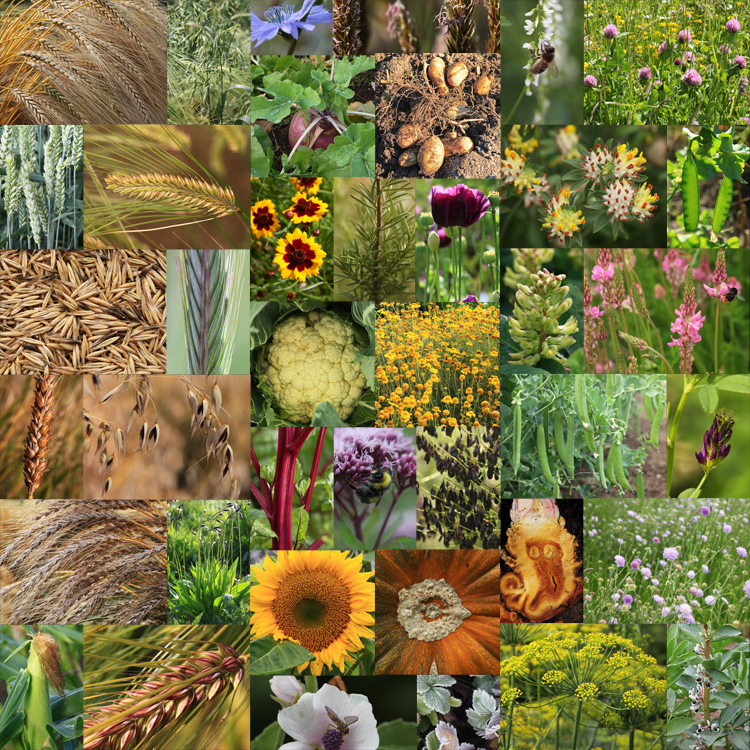Following contacts made at the Nourish Conference in November 2019, Andrea Roach from Edible Campus at Transition St Andrews organised a visit to the Living Field and the Hutton Institute farm, both at the Dundee site, in January 2020.
We also welcomed two of her colleagues: Helena Simmons who coordinates the Transition St Andrews Eden Campus, and Kaska Hempel who handles climate communications. The visit added to the current thinking on Where next for the Living Field?
Our visitors (Kaska) wrote a blog on the occasion, highlighting our work on Farming for a zero carbon future. Thanks from the Living Field and the Farm for your encouraging comments about our work.
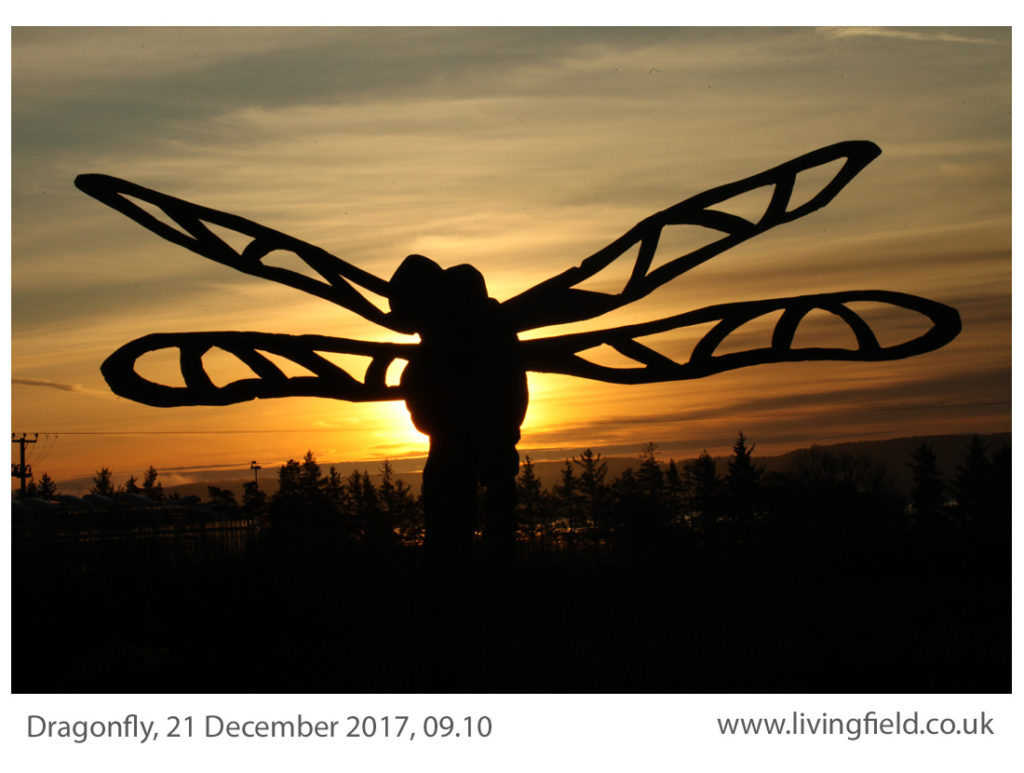
Growing and eating Local Food
Transition University of St Andrews formed in 2009 is a ‘hub for sustainability across the town’. They are broadly based in a range of activities including waste and travel, but the prime reason for the visit was our shared interest in local growing.
The Edible Campus part of Transition runs 14 community gardens across the town. The work of planting, weeding and care of soil is done through daily sessions (in season) with local volunteers, many of whom are students. Produce of the gardens is offered for free, it seems. Volunteers can learn to take a leading role at one or more sites or else just drop in now and then for a bit of weeding. That’s a lot of interaction and activity!
Not far from St Andrews town is PLANT or People Learning About Nature, operating since 2011 as part of Tayport Community Garden. encouraging the community to grow fruit and flowers, reduce carbon emissions and enhance the natural environment. They have a weekly stand at Tayport Harbour selling produce and offer advice on how to grow more or better in the home garden. Support from the Climate Challenge Fund is allowing PLANT to link to other growers’ groups to raise their activity in Carbon Conversations. (All links below.)
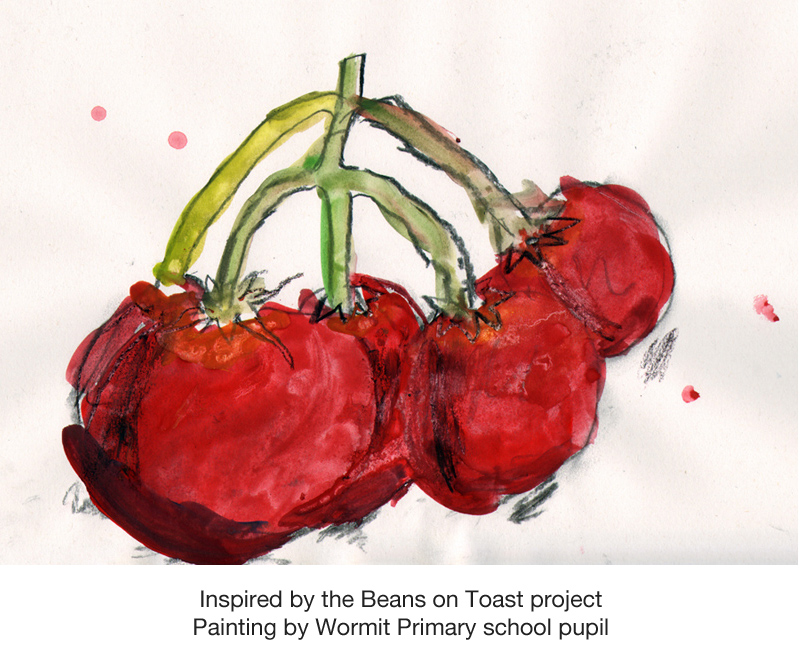
Some questions
A meeting of Edible Campus visitors and some of Hutton’s Agroecology group lasted well over an hour at the Living Field cabin and took in some major current issues. For example ……
- The ongoing research on agriculture and food here that’s aiming to test better practices, e.g. for conservation and improvement of soil, through raising soil carbon stores, reducing agronomic inputs, encouraging coexistence of wildlife and production.
- The Farm’s efforts to make large-scale improvements in such as water management and wildlife corridors and its connection to the surrounding landscape.
- The current low provision of human food directly from agriculture in the northern part of the UK, and people’s reliance on imports; for example, the near-absence of bread-quality cereals and the minor production of pulses (peas and bean) for human consumption.
- The potential major role of the small-in-scale enterprise (cooperatives, growers groups, and farm shops) in raising local production, but the need for better recording of their output and contribution.
- Measures and metrics for a more holistic appreciation of production – quantifying cultural landscape, place, food and nutrition, the therapeutic value of growing food.
- The need to reward agriculture – and especially small to moderate scale enterprises – for operating sustainably and not just for owning land or producing bulk output.
- And quite a bit more …
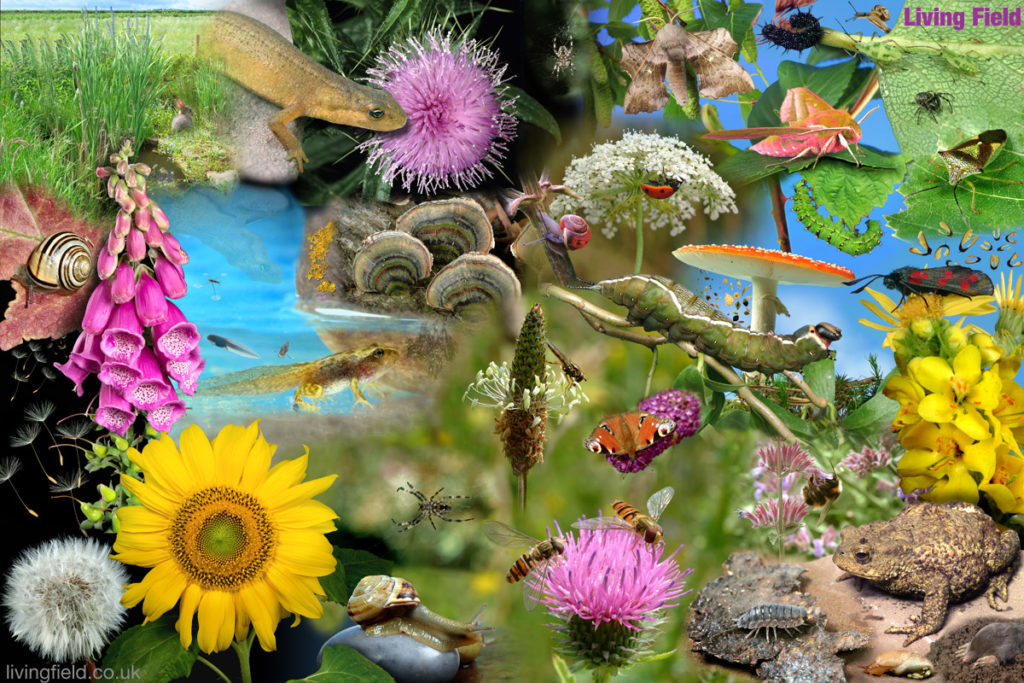
Where next for the Living Field?
There is clearly a rising interest in local growing and nutritious eating. Our experience is that many community growers and home gardeners are pretty good at what they do. They have tuned their practice and plant varieties to the local conditions. Many community projects already have a range of learning and outreach activities.
The Living Field can share with these enterprises and learn from them. The Living Field could perhaps interact most effectively with local growers by advising on matters like soil quality, conservation and use of water and nutrients, the yielding potential of crops (and the yield gap) and estimates of carbon footprint.
Research organisations such as the James Hutton Institute have primarily worked on food and drink production with farms and the farming and food industries as the main beneficiaries. That’s where the funding has been directed. Yet food collectives and community growers, many operating on a very small scale, would in total and if operating more cohesively, have a major role in a sustainable future. Science needs to learn how to interact with these small-scale initiatives.
To date, EU funding has been the most effective route for such collaborations, both here and throughout Europe. But the future’s uncertain.
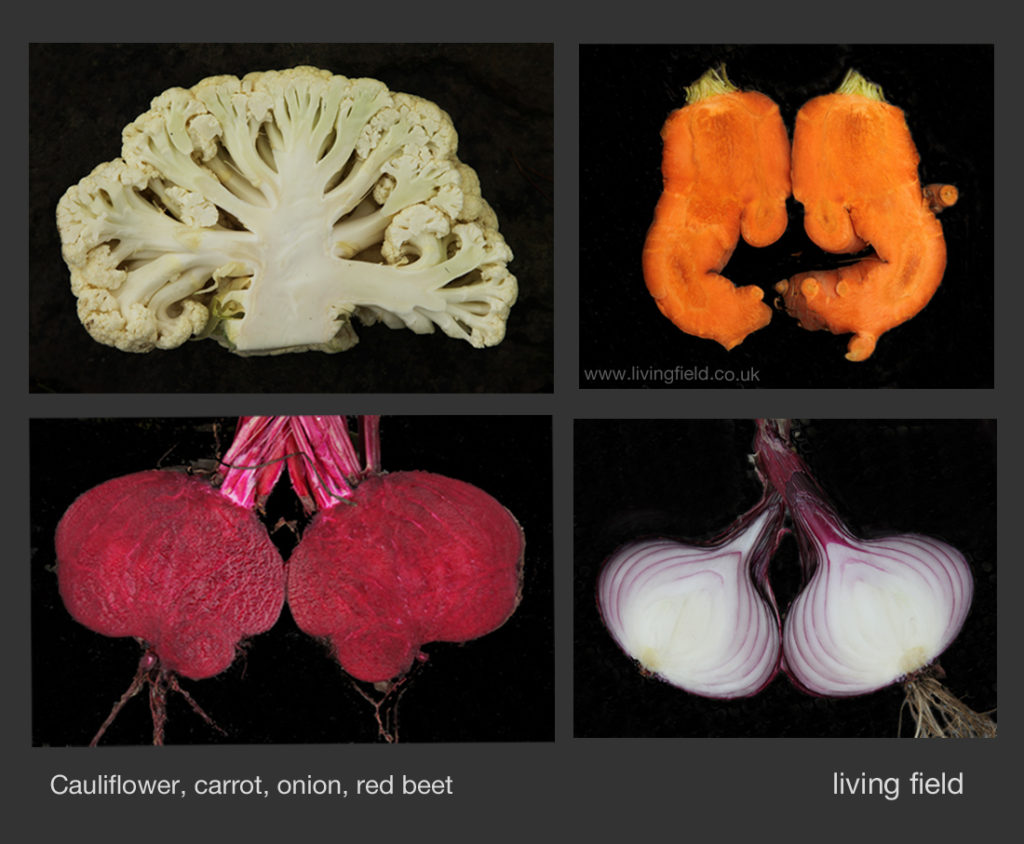
Links
Andrea Roach is Edible Campus Coordinator at Transition St Andrews: Andrea’s page. Transition web: http://www.transitionsta.org where you can also sign up for their newsletter, and Edible Campus showing an interactive map of the gardens.
Kaska Hempel works on climate communications with Transition St Andrews: Kaska’s page. She also works at PLANT at Tayport Community Garden: tayportgarden.org. Their web site shows much activity – growing, learning and useful links to e.g. Carbon Conversations (a psycho-social project).
Helena Simmons is a Community Grower at Transition St Andrews, coordinating the Eden campus: Helena’s page. She also works at the Community Garden at Ninewells Dundee.
Joining the debate from the Hutton were Cathy Hawes, Pete Iannetta and Ali Karley, all from the Agroecology group.
Contact/author/photographs: geoff.squire@hutton.ac.uk
